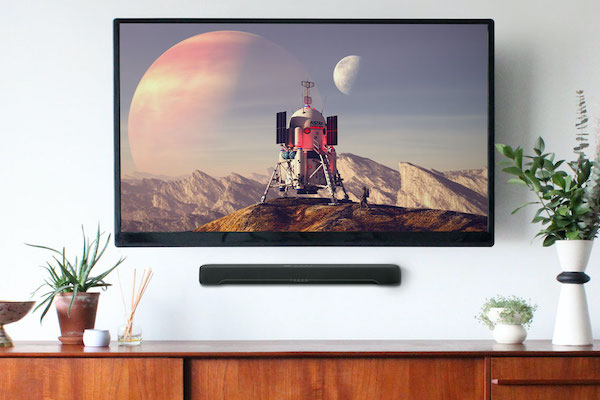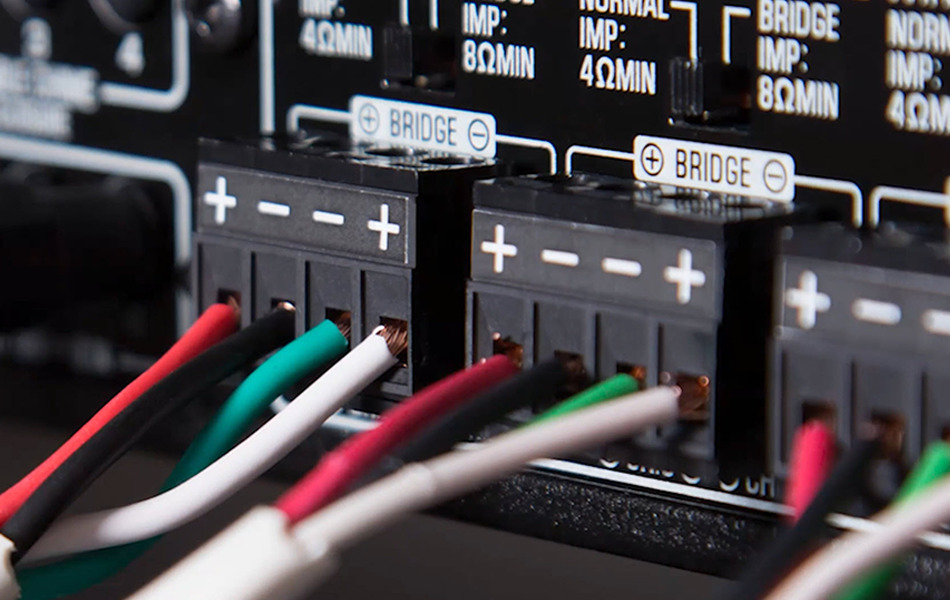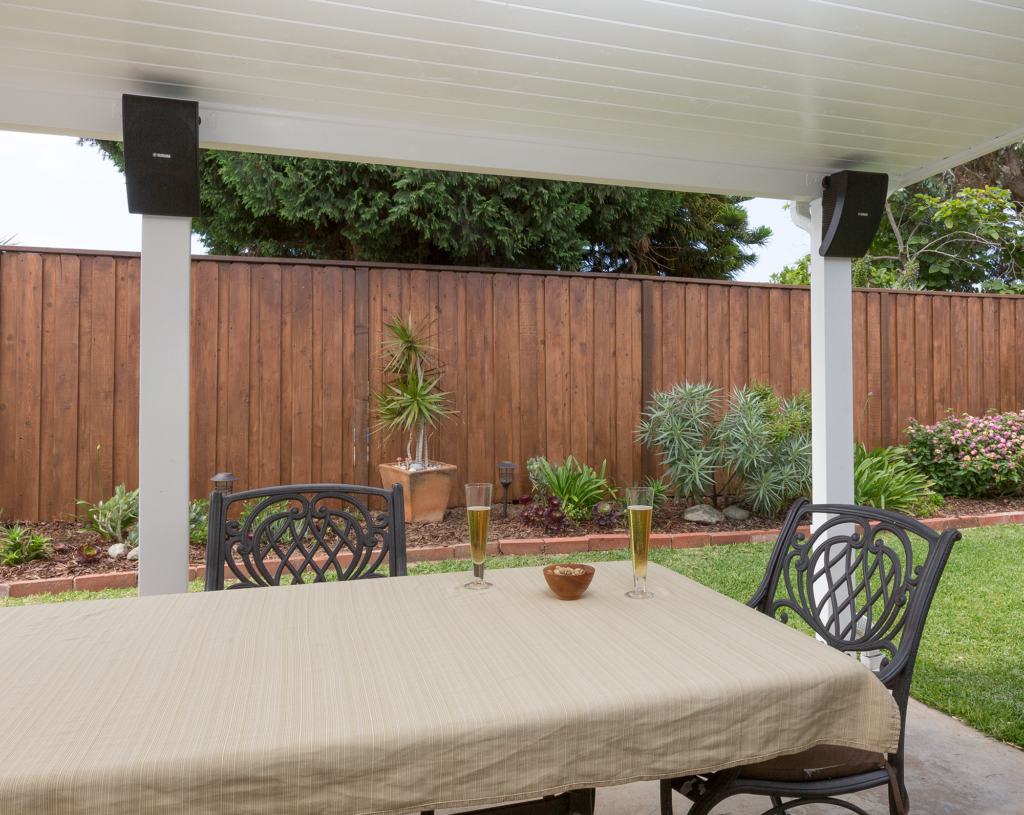How to Burn-In Headphones and Earbuds
Want to have the best listening experience? A little preparation goes a long way.
As any personal trainer will tell you, running long distances without stretching first is risky business. You could pull a muscle, or worse.
The same logic applies to audio gear. Have you ever put on a set of headphones and wondered why you weren’t hearing everything with absolute clarity? Maybe the percussive rattle of a tambourine is absent, or the vibrating thumpiness of an upright bass is a little lackluster. Sure, it may depend on the quality of the headphones, but best to reserve your judgement until you give them enough playtime to reach their maximum potential.
The good news is that there’s a way to accelerate this process. It’s called burn-in.
Why Do A Burn-In?
While not a requirement, burning-in your headphones or earbuds will help provide an optimal listening experience. Here’s why. Each individual headphone/earbud within a pair consists of an outer shell, magnet, diaphragm and coil. These internal components make up something called a driver, which is what produces the sound that is sent into your ear canal.
These drivers (sometimes known as transducers) are the same as what you find in speakers, only smaller. Their function is to take electrical energy and transform it into kinetic energy via the cone (or dome) of the speaker they are attached to. There are two connection points: the “Surround,” which attaches the frame of the driver to the cone, and the “Spider,” which is the flexible part underneath the cone that keeps the coil centered in the magnet structure. Once those two connection points are burned-in, they loosen and allow the driver to move in and out more freely. The audio quality will likely be noticeably better once the burn-in process is complete, though the improvement is generally gradual.
How to Do a Burn-In
There are two accepted methods of burning-in headphones or earbuds. Both involve sending audio to them for an extended period, with the optimal time frame being 40 hours of continuous play. The two methods are:
1. Use a burn-in playlist of music and noise tracks in various frequency ranges from highest to lowest. These are available from a number of websites, including Spotify®.
2. Use loops of different noises and frequencies via a “burn-in disc” or online white noise playlist. One such product that we recommend is the free CASCADE Noise Burn-in Disc from TARA Labs, which allows you to download a file that can then be burned to CD and played back from your CD player or computer, or from the embedded video at the end of this article. (Be sure to read the instructions at the start of the video for proper safety measures and execution of the burn-in.)
Once you have your burn-in audio at hand, make sure your headphones are charged (if wireless), then connect your headphones or earbuds to the computer or mobile device that will be doing the playback. Caution: Burning-in your headphones or earbuds should always be done at a moderate volume or you run the risk of damaging or destroying the drivers. And don’t listen to your headphones or earbuds while the burn-in file is playing. It won’t sound very pleasant, and it’s not good for your hearing health.
As we mentioned, the total recommended burn-in time is 40 hours, but you can do this in multiple four- to five-hour sessions (while you sleep, for example) so you can enjoy listening to music in-between.
Once you complete your burn-in, we suggest listening to some test tracks, such as the Yamaha “New to high-res audio?” playlist on Qobuz. You’ll find that after you’ve “stretched” (burned-in) your headphones or earbuds properly, you’ll be able to “run” (listen) to any kind of music or podcast with full audio fidelity!
Photo courtesy of @nitagill
Click here to learn more about Yamaha True Wireless earbuds.
Click here to learn more about Yamaha noise-cancelling headphones.















